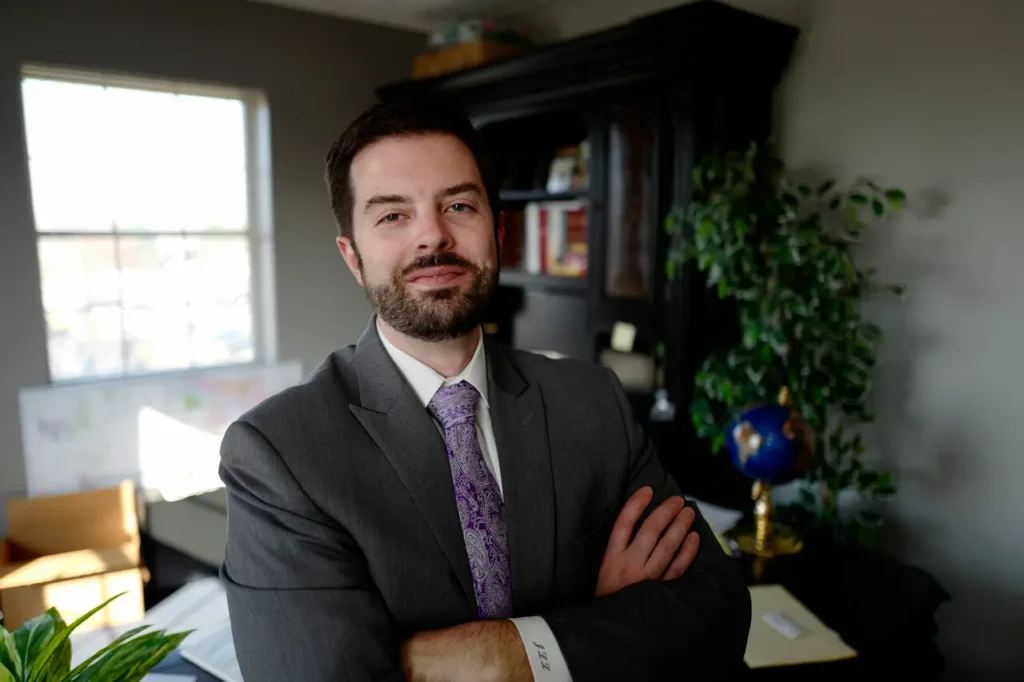If you’ve been injured by a defective product, you may be facing medical bills, lost income, and other unexpected costs. To pursue compensation, you’ll need to prove key elements of negligence in your product liability claim. The experienced attorneys at Lawrence & Associates Accident and Injury Lawyers, LLC, serve clients in Ohio and Kentucky and can review your case to explain your legal options.
What Is Product Liability?
Product liability is a complex area of the law that governs how a person who has been harmed by a defective product can receive just and fair compensation for their damages. The three main types of product liability claims are:
- Manufacturing defects: These defects occur during the manufacturing process, leading to a product that deviates from its original design in ways that are potentially dangerous.
- Design defects: These defects arise when an inherent flaw in the product’s design makes it unreasonably dangerous.
- Failure to warn: Also known as “marketing defects,” this type of claim alleges that insufficient instructions or warnings regarding the proper use of the product led to harm.
Consumers have the right to expect that products they purchase will be safe for use and can pursue legal claims if they are not. There are several legal frameworks in place to protect individuals and make businesses accountable for the harm they cause.
Product liability cases often involve not just negligence, but also the legal concepts of strict liability and breach of warranty. Under strict liability, the injured party doesn’t need to prove negligence—only that a defect in the product directly caused their injury. A breach of warranty claim may arise when a product fails to meet the terms of an express or implied warranty promised by the seller or manufacturer.
While many product liability claims are brought under strict liability, some are based on negligence, especially when the plaintiff can show that the defendant failed to act with reasonable care in designing, manufacturing, or warning about the product.
What Is Negligence in a Product Liability Case?
Although product liability cases fall under the broader category of personal injury law, they involve unique legal standards and strategies. Understanding how negligence applies in these cases is essential to knowing how it may affect your claim.
Negligence, in legal terms, refers to a failure to exercise the level of care that a reasonably prudent person or entity would have in similar circumstances. Unlike strict liability—which holds a party responsible regardless of fault—negligence requires proof of wrongdoing. In product liability cases based on negligence, a successful claim must establish four key elements: duty, breach, causation, and damages.
What Elements Are Required To Prove Negligence?
If you were injured by a defective product and hope to file a product liability claim based on negligence, you will need to establish the following four key elements:
- Duty of Care: You must show that the at-fault party had a legal obligation to ensure your safety. For instance, a car manufacturer has a duty to produce vehicles that are safe for consumers to drive.
- Breach of Duty: A breach occurs when the responsible party fails to meet the expected standard of care. This might include design flaws, manufacturing defects, inadequate testing, or insufficient warnings. For example, using low-quality brake components known to fail would constitute a breach.
- Causation: You must prove that the breach of duty directly caused your injury. For example, if faulty brakes led to a crash that resulted in your injuries, that establishes a clear link between the breach and the harm suffered.
- Damages: Lastly, you need to demonstrate actual losses caused by the incident. This can include medical expenses, lost wages, pain and suffering, and emotional distress.
Types of Evidence Used To Prove Negligence
After suffering damages due to a defective product, you deserve fair compensation. If you’re wondering how to succeed in a product liability suit based on negligence, you need key types of evidence. This can include:
- Product Design Documentation: Records related to the product’s design or development can reveal overlooked safety issues or design flaws that were not addressed.
- Expert Testimony: Specialists such as engineers or product safety experts can offer written opinions or testify in court to explain how a defect may have caused the injury.
- Recall Notices: Manufacturer-issued recalls can serve as compelling evidence that the product was defective or posed a safety risk.
- Incident Reports: Documentation from employers, businesses, or law enforcement can help establish what happened and support your account of the incident.
- Medical Records: Doctor’s notes, diagnostic test results, treatment records, medical bills, and photos of your injuries all help demonstrate the extent and impact of the harm you suffered.
Whenever possible, keep the defective product itself. Don’t throw it away. This physical evidence can be critical in demonstrating the defect and strengthening your case.
Because product liability claims can be complex, it’s important to have an experienced attorney on your side. Your lawyer can help gather and interpret evidence to build the strongest possible case on your behalf.
What are Common Challenges in Proving Negligence?
If you decide to pursue a defective product case, it’s unlikely that a product designer, manufacturer, or seller will readily admit fault. You may run into any of these common roadblocks and challenges as you pursue justice and compensation.
Securing Company Records
Gaining access to company records can be difficult. However, proper requests for production, including court orders, can produce valuable evidence such as manufacturing records, design documents, customer complaints, safety reports, internal company memos, and regulatory filings that reveal issues or flaws with the product.
Proving Causation
Establishing causation is critical in product liability cases. You must prove that the product defect directly caused your injury and resulted in the claimed damages. The defendant will often try to say that you suffer from a pre-existing condition or that your injury was caused by something unrelated. This is why documentation and other evidence, such as testimony from expert witnesses, can be invaluable.
Dealing With Manufacturer Defenses
It’s not uncommon for manufacturers to argue that an injured person either made alterations to the product or misused it. For example, if you removed a safety guard from a table saw and were injured, the manufacturer could argue that the injury would not have occurred if the safety mechanism had remained in place.
Facing a large corporation after being harmed by a defective product can feel overwhelming. But you don’t have to take on that fight alone. With a skilled legal advocate by your side, you can level the playing field and pursue the justice and compensation you deserve.
Our firm helps clients overcome challenges and has a strong track record of producing positive results:

Justin Lee Lawrence
Partner
“Beyond our proprietary negotiating training, it comes down to having good evidence and knowing when to get more evidence to really prove the damages or liability. An example would be going beyond getting all the medical records and also getting a statement from the doctor that better links the treatment to the injury. Also, pictures and video are incredibly important! We can’t make them from scratch so we need you to be diligent about creating these for us.”
The Product Liability Attorneys at Lawrence & Associates Can Help With Your Claim
If you or a loved one is dealing with injuries related to a defective product, contact our experienced product liability lawyers today. Our attorneys are fully committed to fighting for justice and fair compensation for Cincinnati and Northern Kentucky residents.

Justin Lee Lawrence
Partner
“I’ve made my reputation on getting the best results I can achieve in the shortest time possible, with the best customer service I know how to provide. In 2024, over 80% of our new clients came from referrals. Those are past clients, friends and family, doctors, and other lawyers. People that have had experience with us know we’re doing something right that they just don’t see in other firms.”
Call us today at (513) 951-6723 (Ohio) or (859) 251-3045 (Kentucky), or contact us online to schedule a free, confidential consultation.
